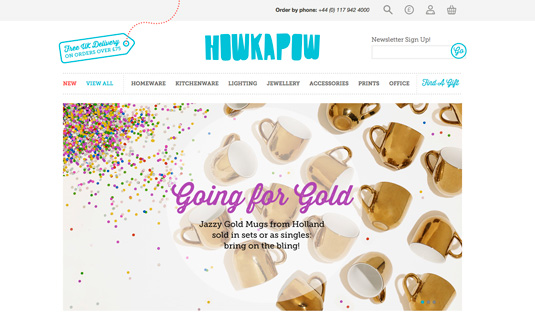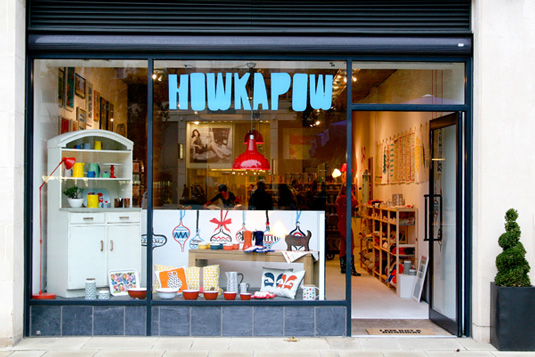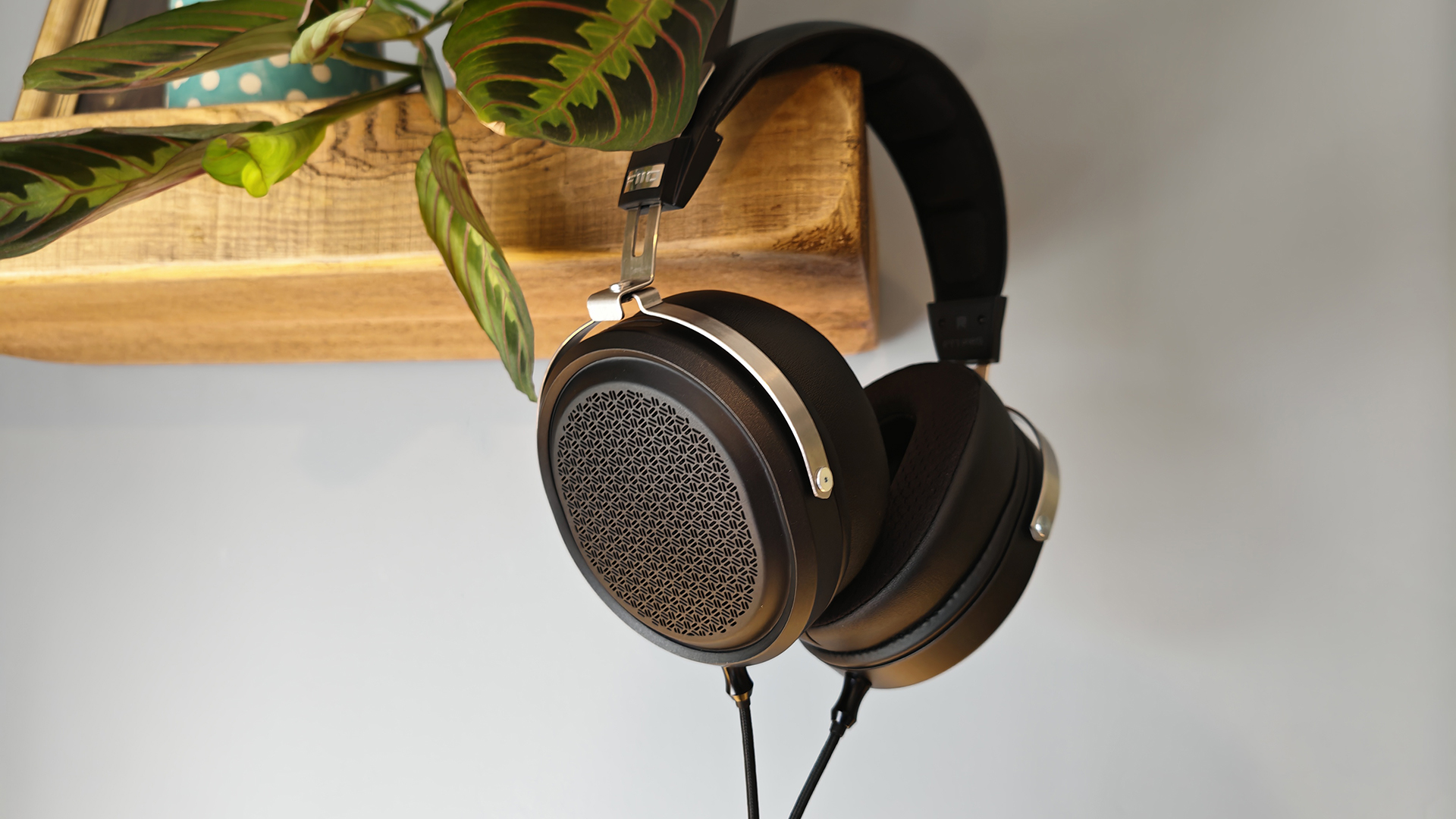How to sell your designer wares in real-world shops
Online retail has its advantages, but there are areas where a physical space just can’t be beaten, says Cat How, offering some tips to help you maximise your profit.

Financial efficiency is one area where online retail is leagues ahead, for the obvious reason that you don't need an expensive high
street location, complete with branded refit, to trade from. For online, all you need is a website and a space, any space, to store your goods.
But that's not to say that a good digital shopfront isn't expensive either.
Web empresarios are quickly realising that the value of their trade and the costs of building a good ecommerce shop can be eyewatering. Having recently had Howkapow redesigned, it's cost a nice big chunk of our Christmas profits.
Stock management of a physical shop can also be a challenge. When we opened a physical pop-up we already had stock from online trading. After long days sorting the shop fitting and displays we thought we were ready to go. It was only as shoppers started to arrive that we realised we hadn't priced anything - we were used to this being done automatically.

A few months later, we needed to re-price items for our January sales. What took a few minutes on our ecommerce site took days in the physical one. When you're used to the sleek efficiency of an online shop, the manual labour and time wasted on menial tasks in a physical one can be a real frustration.
The type of stock that sells well in a physical shop compared to an online one is subtly different too. Generally, products that have a higher price point due to material or build quality work better when a customer can see them in the flesh and feel how well they've been made.
This made us realise the value of having bigger pictures when selling online to mimic that in-your-face experience. Low value, impulse buys like cards are also more successful in a real shop as postage costs and delivery times can deter potential customers, whereas products at mid-range price points sell better online.

For any business, reaching and communicating with customers is key. Online, the reach is potentially anyone with access to the internet, but it's the communication aspect that can prove more difficult. Yes, you can sign someone up to your mailing list, get them to follow you and tweet them product updates, but there's no substitute for a face-to-face encounter.
Daily design news, reviews, how-tos and more, as picked by the editors.
It's practically impossible to survive in today's market with a physical shop alone
In the physical shop, we talked to hundreds of people about our brand, and had the chance to explain what we were about. It helped build our profile and we noticed that Google searches for 'Howkapow' were up very significantly while we had the pop-up shop.
It's practically impossible to survive in today's market with a physical shop alone. But while online selling might be efficient, it's not always the best place for certain products. A physical shop can also get you closer to your customers and really help galvanise your brand. So in the battle between online and offline retailing, who wins? The jury's still out.
Words: Cat How
Cat How studied English literature at Bristol University and then communication design at Central Saint Martins. In 2010, Cat and Roger How set up Howkapow, a colourful design shop promoting the work of independent creatives.
This article originally appeared in Computer Arts issue 218.
Like this? Read these!
- Free graffiti font selection
- Illustrator tutorials: amazing ideas to try today!
- Great examples of doodle art
Does a physical pop-up shop reach places that a website just can't? Tweet @ComputerArts using #DesignMatters

The Creative Bloq team is made up of a group of art and design enthusiasts, and has changed and evolved since Creative Bloq began back in 2012. The current website team consists of eight full-time members of staff: Editor Georgia Coggan, Deputy Editor Rosie Hilder, Ecommerce Editor Beren Neale, Senior News Editor Daniel Piper, Editor, Digital Art and 3D Ian Dean, Tech Reviews Editor Erlingur Einarsson, Ecommerce Writer Beth Nicholls and Staff Writer Natalie Fear, as well as a roster of freelancers from around the world. The ImagineFX magazine team also pitch in, ensuring that content from leading digital art publication ImagineFX is represented on Creative Bloq.
